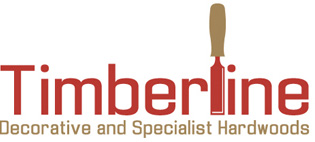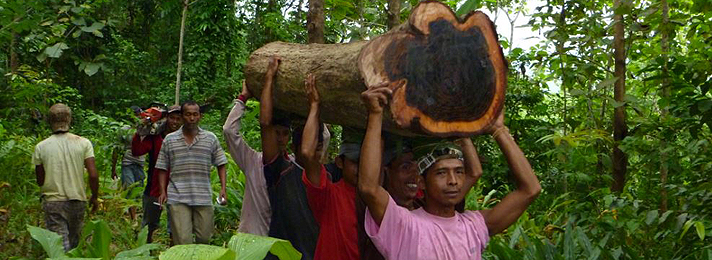
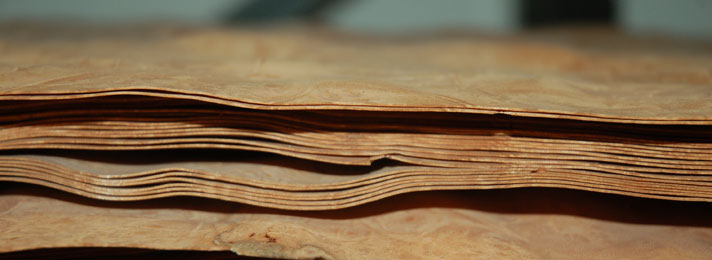
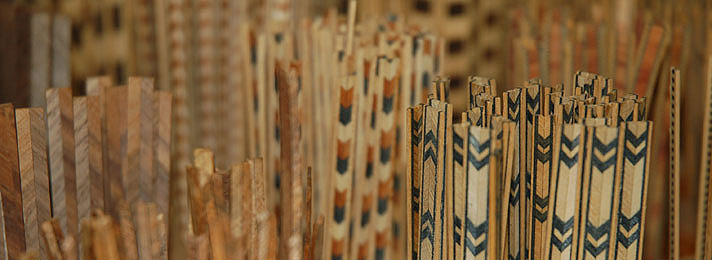

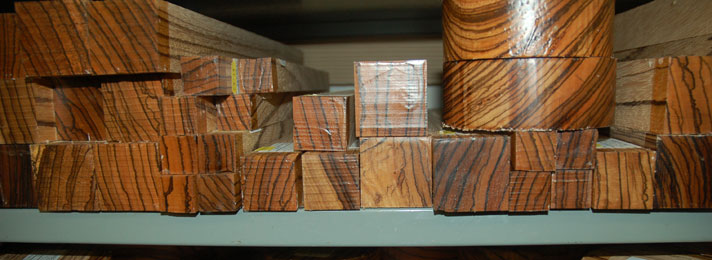
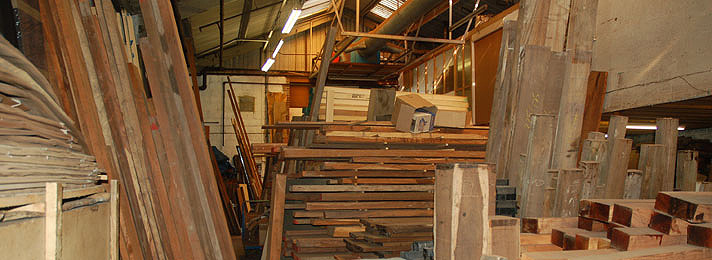
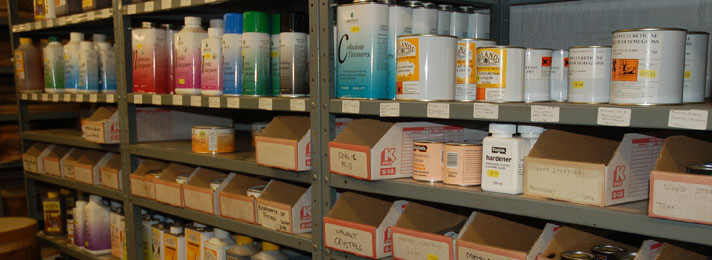
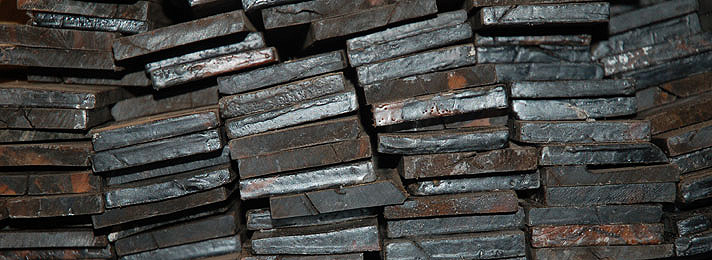
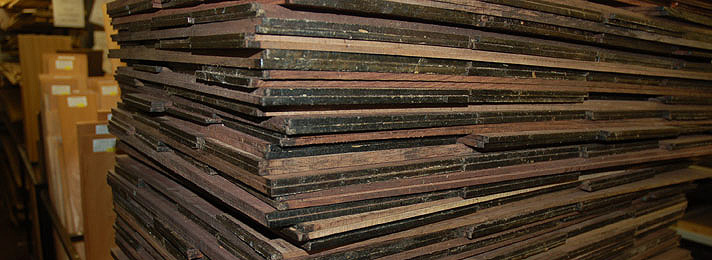
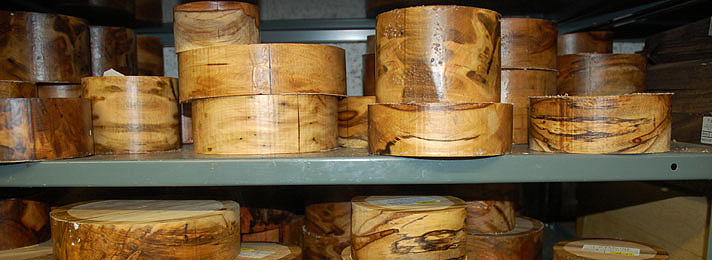
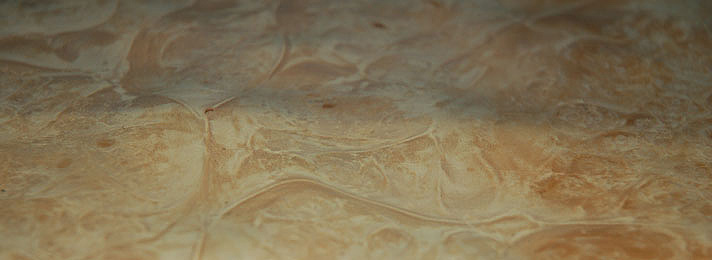
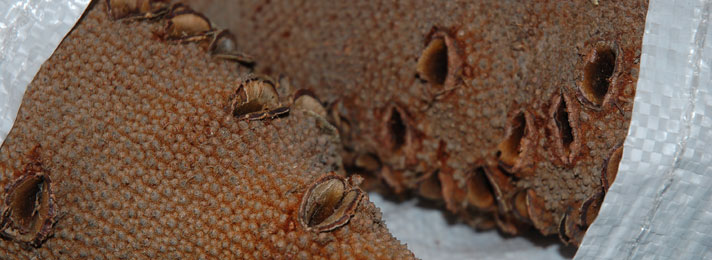
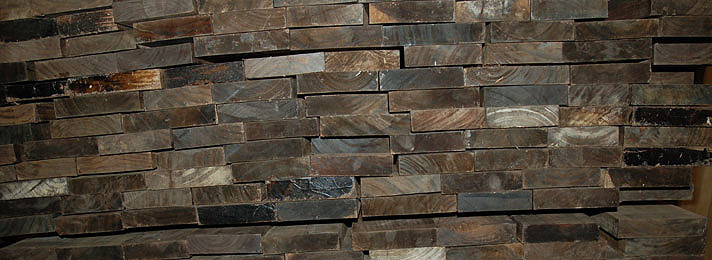
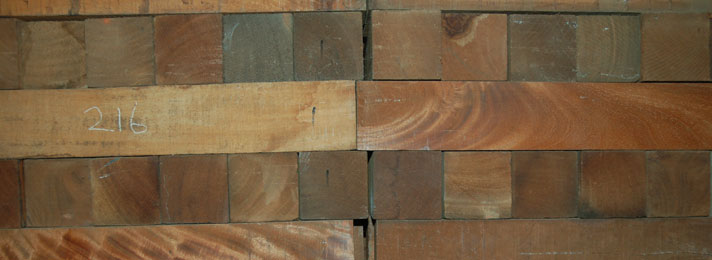


The following is a page designed to provide helpful explanatory information and advice on our products and how to order them.
Glossary of Terms
| Botanical Name | This is included because it really is the only way to be clear about what timber we are actually selling. Vernacular and trade names are notoriously inaccurate in this regard. It is also possible to assume some familial similarities between timbers in the same genus. |
| Specific Gravity | We give the densities of the timbers in kilograms per cubic meter. Water has a density of 1000kg/m3 and is usually defined as a specific gravity of 1.0. The density of the timber can be used as a rough measure of hardness, strength and comparative workability of a timber. |
| 2 Square Edged | Most imported timbers come to us sawn 2 square edged to save on shipping space and to exclude the majority of bark dwelling insects. It can normally be assumed that most objectionable defects such as heartshake, ringshake, sapwood etc. will also have been removed. |
| 1 Square Edged | Some larger logs are sawn this way for the convenience of the sawmiller and to make the boards easier to handle. The log is first sawn down the middle and then each half log is milled to boards square to the original sawn face leaving one edge square and one edge waney. It can be assumed that some or all objectionable defects will be left in. |
| Through and Through | Sawn boards are typical of most cutting of smaller diameter logs. Planks are simply sawn in sequence from the 'crown' of the log and boards have two waney edges and it can be assumed that all objectionable defects are left in. |
| Squared Logs | A common presentation method for small exotic timbers, four faces are cut onto the log to remove worthless sapwood and to partly show the beauty of the wood within. It also has the advantage that it stops the logs from rolling on your feet. |
| Cylinders | Lathe turned logs with most of the sapwood removed. These logs do roll onto your feet. |
| Flitch | A trimmed up portion of a log usually of heavy section produced with the intention of further conversion into veneer or more finely wrought pieces of solid material. |
| Dimension Stock | 2 Square edged boards or squares sawn to fixed sizes normally to fit with specific uses. |
| 6" and wider, 6' and longer | An indication of board size. Self explanatory but it can be assumed that the smaller minimum sizes quoted will also reflect as smaller maximums. |
| Part Seasoned | The wood is in the course of being air dried and would require further drying to be reliable for any use. |
| Kiln Dried | The wood has been subjected to one of a number of special drying processes which leave it with a moisture content suitable for interior work. |
| Air Dried | The wood has reached the end of the natural seasoning process and will have a moisture content perfect for exterior work but for interior work will need extra drying in a kiln or an acclimatisation period inside at room temperature to make it reliable in service. |
| M3 | Cubic Meter – a volumetric measure of timber useful for large transactions but a big unfriendly unit of measure for small transactions. |
| Ft3 | Cubic Foot – an imperial volumetric measure of timber still very popular because it is user friendly for smaller transactions. There are 35.315 Ft3 to the M3. |
| Ft2 | Square Foot – an imperial measure we use for veneer and thin stock because it is more user friendly than the square meter for small sales. There are 10.78 Ft2 to the M2. |
| Kg | Kilogram – some timbers are sold by weight because an accurate measure of volume is not practical. |
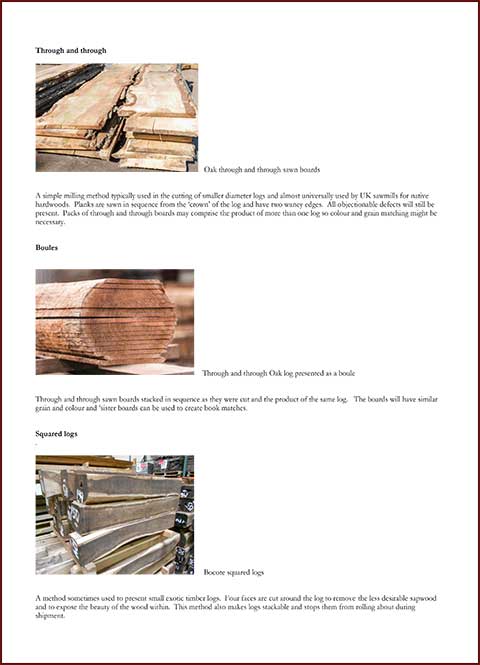
Wood School
If you would like a more detailed list of terms used within the timber industry please take a look at proprietor Robert Smith's Wood School booklet as a PDF here (1.6MB).
Shop Online
Visit Timberline's online shop
Christmas Closure
Our last day open: Thur, 18th Dec 2025.
Reopening - Mon, 5th Jan 2026.
-
Please note our new closing time: 5pm
Timberline Catalogues
We also produce a Wood School booklet, see here.
Follow us on Instagram!
Join our Mailing List:
Subscribe to our newsletters and recieve updates on new stock, products and industry news.
Click here to sign-up now.
Search Timberline's site:
Accessibility | Privacy Policy | Cookie Policy | T&Cs | © Robert Smith 2025 |
